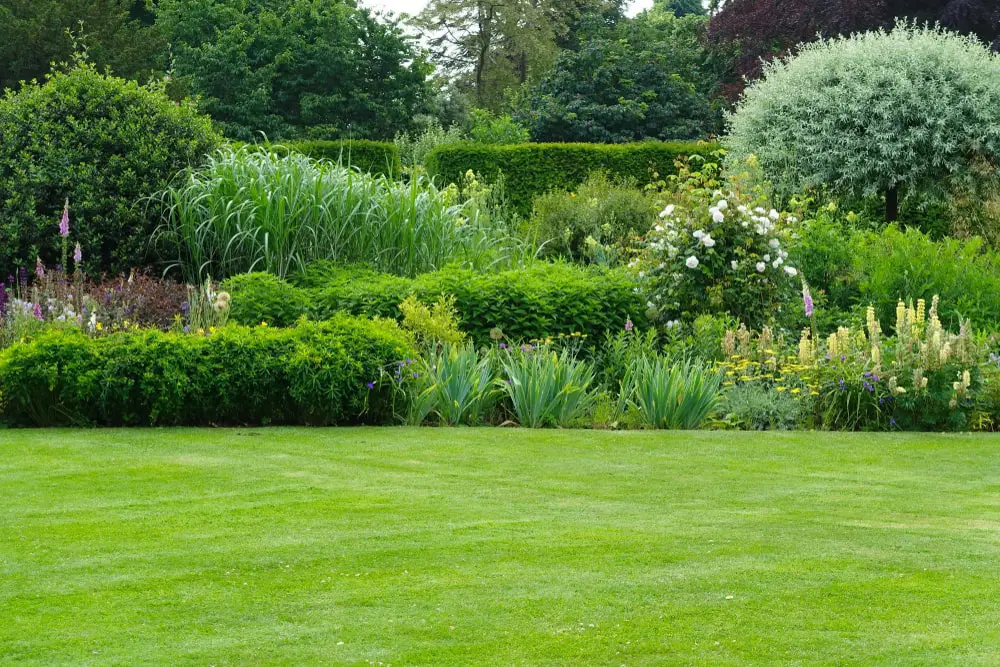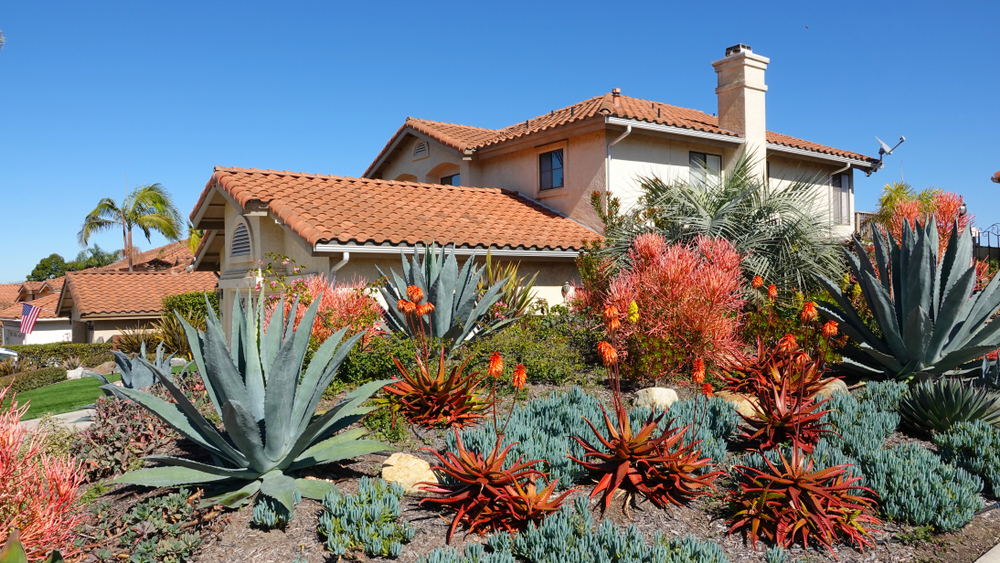The Value of Recognizing Various Kinds Of Landscape Design for Your Yard
Comprehending the numerous types of landscaping is a necessary component in crafting a garden that not just shows individual preference however likewise satisfies ecological demands. Each landscaping design-- be it official, home, sustainable, or urban-- gives unique advantages that can dramatically affect the total health and wellness and aesthetics of your exterior room. This understanding is crucial in fostering biodiversity and enhancing source usage. The ramifications of these options expand beyond mere appearances, raising questions concerning just how each kind can be integrated properly right into your specific setting. What factors to consider should direct your option?
Benefits of Landscaping Expertise
Comprehending the fundamentals of landscape design uses various advantages for both novice and knowledgeable garden enthusiasts alike. A solid understanding of landscaping concepts enables individuals to produce visually enticing and functional exterior areas that line up with their personal choices and the specific characteristics of their gardens.
One considerable advantage is boosted ecological wellness. Knowledge of sustainable methods and indigenous plants permits gardeners to cultivate environments that advertise biodiversity while lessening the requirement for chemical plant foods and pesticides. In addition, understanding soil kinds and drainage can bring about healthier plant growth and reduced disintegration.
Landscape design expertise likewise improves the visual worth of a residential or commercial property. By finding out concerning style elements such as texture, shade, and range, garden enthusiasts can create natural and welcoming landscapes that enhance aesthetic appeal. This not just elevates individual satisfaction yet can likewise boost home value.
Moreover, educated garden enthusiasts can save time and resources. Acknowledging the right plants for certain conditions, such as light and moisture degrees, guarantees that efforts are not lost on inappropriate selections. Inevitably, a detailed understanding of landscape design equips people to make informed choices, fostering an extra fulfilling gardening experience.
Summary of Landscaping Types
Landscape design encompasses a selection of styles and techniques, each tailored to meet the one-of-a-kind requirements and preferences of garden enthusiasts. Understanding these diverse types is essential for developing an exterior area that straightens with individual tastes and ecological considerations.
One preferred type is typical landscape design, identified by structured formats, well-defined flowerbeds, and using balanced growings. This design usually stresses a feeling of order and harmony within the yard - Landscapers Las Vegas. In comparison, naturalistic landscape design concentrates on resembling the elegance of nature, making use of native plants and organic forms to create an extra loosened up and informal atmosphere
Lasting landscaping has gotten grip, promoting environment-friendly methods that conserve water and decrease chemical use. This method typically includes xeriscaping, which uses drought-resistant plants appropriate for dry environments. Furthermore, city landscaping addresses the obstacles of limited space in city settings, frequently making use of upright gardens and roof areas to make best use of greenery.
Official Landscaping Explained
Identified by its thorough layout and structured aspects, official landscaping creates an atmosphere of elegance and refinement in outside areas. This design emphasizes symmetry, geometric forms, and distinct lines, usually integrating polished bushes, topiaries, and organized blossom beds. The total effect is a sleek and polished environment that accentuates architectural features and improves the beauty of the bordering landscape.
In official landscaping, paths are generally straight and might be lined with uniform materials such as block or rock. These courses usually bring about centerpieces such as fountains, statuaries, or decorative trees, better boosting the structured nature of the design. Color schemes tend to be extra restricted, concentrating on unified mixes that promote a peaceful atmosphere.
Water functions in formal landscapes are normally made with accuracy, commonly looking like round or rectangular pools. The cautious positioning of plants is vital, with types picked for their capability to maintain a clean appearance throughout the periods. On my latest blog post the whole, formal landscape design is excellent for those who value order and sophistication, offering an ageless aesthetic that can dramatically boost the worth and charm of exterior areas.
Cottage Yard Qualities
Home gardens usually evoke a feeling of appeal and whimsy, mixing a variety of plants in a relatively careless yet unified arrangement. Defined by their lush, casual format, these gardens generally feature an eclectic mix of blooming perennials, annuals, natural herbs, and veggies. This diverse growing not only produces visual rate of interest yet additionally attracts advantageous pests and promotes a well balanced ecosystem.
A crucial quality of home yards is their use of conventional materials and structures. Rock pathways, rustic secure fencing, and wood trellises are generally incorporated to improve the garden's enchanting appeal. In addition, the inclusion of seating locations, such as benches or arbors, encourages relaxation within this serene setting.
Color plays a considerable function in home gardens, with a focus on soft pastels and vivid colors that stimulate a sense of fond memories. Blossoms like hollyhocks, foxgloves, and roses are staples, commonly intermingled with great smelling natural herbs such as lavender and thyme.
Home gardens mirror an ideology of accepting nature's changability, causing an one-of-a-kind and inviting room. By prioritizing biodiversity and aesthetic beauty, they develop an attractive setting for both yard fanatics and casual observers alike.
Sustainable Landscape Design Practices
Integrating sustainable landscape design practices is crucial for developing environmentally pleasant yards that grow while decreasing their eco-friendly effect. Las Vegas Landscaping. Sustainable landscaping concentrates on the efficient use resources, promoting biodiversity, and boosting the native environment
One trick practice is choosing indigenous plants, which are well-adapted to local problems and require less water, fertilizer, and chemicals. This not just saves sources however also supports neighborhood wild animals, consisting of pollinators. Executing water-efficient irrigation systems, such as drip irrigation or rainwater harvesting, even more preserves water while guaranteeing that plants receive ample dampness.

Furthermore, lowering yard areas and including hardscaping aspects can minimize upkeep and source usage. These practices promote a more sustainable landscape that needs fewer inputs and supplies ecological benefits. By accepting these approaches, gardeners can produce areas that are browse around this web-site not just attractive yet likewise contribute positively to the atmosphere, promoting a harmonious balance in between nature and human task.

Final Thought
To conclude, an extensive understanding of different landscaping types is crucial for creating an aesthetically pleasing and ecologically sustainable yard. Each style, from official to cottage yards and lasting practices, offers distinct benefits that improve biodiversity and source efficiency. This knowledge helps with informed decisions that click for more contribute to the health and wellness of both the garden and its surrounding community. Inevitably, welcoming diverse landscaping methods fosters a harmonious relationship in between exterior rooms and their environments, promoting long-term ecological balance.
Recognizing the various types of landscape design is an essential component in crafting a yard that not just mirrors individual taste yet likewise fulfills eco-friendly requirements. Each landscaping design-- be it official, cottage, lasting, or urban-- gives distinctive benefits that can substantially affect the total wellness and appearances of your exterior space. In comparison, naturalistic landscaping concentrates on resembling the elegance of nature, using native plants and organic types to create an extra unwinded and informal setting.
Furthermore, city landscaping addresses the difficulties of restricted room in city atmospheres, frequently using vertical yards and roof rooms to take full advantage of greenery.
In conclusion, a thorough understanding of different landscape design kinds is essential for developing an aesthetically pleasing and ecologically lasting yard. (Commercial Landscaping)